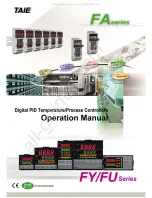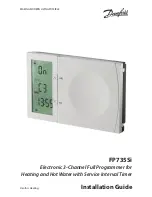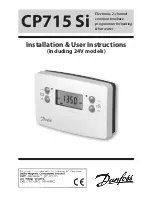
10-28
L90 LINE CURRENT DIFFERENTIAL SYSTEM – INSTRUCTION MANUAL
DISTANCE ELEMENTS
CHAPTER 10: THEORY OF OPERATION
10
Figure 10-11: Dynamic shift of the memory-polarized directional characteristic
Mutual zero-sequence compensation can raise concerns regarding directional integrity on reverse faults in the situation
when the relay gets "overcompensated." This problem does not affect the L90 because its ground distance elements use
zero-sequence and negative-sequence currents in extra directional comparators. Both the currents are from the protected
line and are not affected by any compensation as the latter applies only to the reach defining comparators: the mho,
reactance, and blinder characteristics.
10.3.6 Distance elements analysis
10.3.6.1 Description
This subsection shows how to analyze the operation of the distance elements in steady states using the results of short
circuit studies. All quantities are secondary ohms, volts, and amperes. Ground phase A and phase AB distance elements
are analyzed.
Assume that the following settings have been entered:
Phase Rotation: ABC
Right Blinder Reach: 10
Ω
Nominal Secondary Voltage: 69.28 V
Right Blinder RCA: 88°
Distance Reach: 14
Ω
Left Blinder Reach: 5
Ω
Distance RCA: 88°
Left Blinder RCA: 88°
Polarizing Current: Zero-sequence
Non-Homogeneity Correction Angle: 3°
Directional RCA: 88°
Z0/Z1 Magnitude: 4.55
Overcurrent supervision: 3 A
Z0/Z1 Angle: –12°
Distance Comparator limit angle: 75°
















































